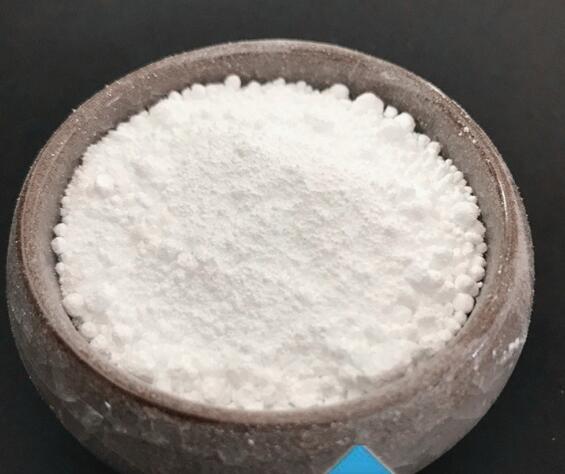Exploration on improving the filtration performance of brucite powder

Brucite powder (Mg(OH)₂) is an important inorganic material and has a wide range of applications in many fields, especially in environmental protection, chemical industry, building materials and other industries. However, in practical applications, the filtration performance of brucite powder is often affected by its own physical and chemical properties, such as particle size distribution, surface charge state, etc. In order to improve the filtration performance of brucite powder, researchers usually use different methods to modify it. The following are some experimental research methods to improve the filtration performance of brucite powder:
1. Experimental purpose
Increase the filtration rate of brucite powder during filtration.
Reduce the thickness and density of the filter cake and reduce the filtration resistance.
Improve the dispersibility of brucite powder in the filtrate and prevent agglomeration.
2. Experimental materials
Brucite powder: as the experimental object.
Surface modifier: such as silane coupling agent, cationic surfactant, etc.
Filter aid: such as diatomaceous earth, perlite, etc., used to improve filtration performance.
Other auxiliary materials: such as pH regulator, dispersant, etc.
3. Experimental methods
Surface modification: Change the surface properties of brucite powder by adding surface modifiers, such as increasing hydrophobicity or changing surface charge, thereby improving its dispersibility and stability in the filtrate.
Addition of filter aids: Add an appropriate amount of filter aids to the brucite powder slurry before filtration to help form a more open filter cake structure and reduce filtration resistance.
pH adjustment: The charge state on the surface of brucite powder particles is affected by adjusting the pH value of the slurry, thereby improving its filtration performance.
Ultrasonic treatment: Use ultrasonic dispersion technology to break the agglomeration between brucite powder particles and improve its dispersibility.
4. Experimental steps
Slurry preparation: Mix brucite powder and deionized water in a certain proportion to form a uniform slurry.
Modification: Add the selected surface modifier or filter aid to the slurry and stir it thoroughly. Ultrasonic treatment can be performed if necessary.
Filtration experiment: Use a laboratory-scale filtration device to conduct filtration experiments and record parameters such as filtration time and cake thickness and density.
Data analysis: Compare the filtration rate, filter cake thickness and density before and after modification to evaluate the modification effect.
5. Results and discussion
Filtration rate: After modification, the filtration rate of brucite powder increased significantly, mainly because the surface modifier changed the properties of the particle surface, making it easier to disperse in the filtrate.
Filter cake characteristics: By adding filter aids, the filter cake structure formed is looser, and the thickness and density of the filter cake are reduced, thereby reducing the filtration resistance.
Surface modification effect: Surface modifiers can effectively improve the stability of brucite powder in the filtrate, prevent agglomeration, and help form a uniform filter cake.
Through experimental research, it was found that the filtration performance of brucite powder can be effectively improved by surface modification, adding filter aids, and adjusting pH. These methods can not only increase the filtration rate, but also reduce the thickness and density of the filter cake, thereby reducing the resistance during the filtration process. This is of great significance for improving the efficiency of brucite powder in practical industrial applications.








